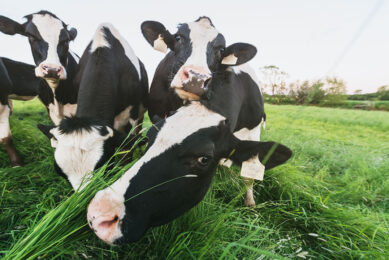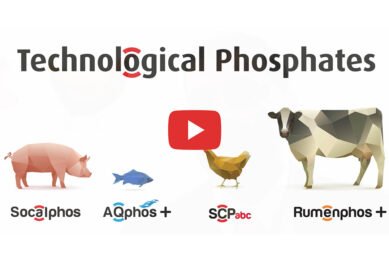Research: Using NIR to detect oil fraud
Researchers from Queen’s University Belfast in Northern Ireland and from UFR Sciences et Techniques in France investigated the possibilities of Near-Infrared (NIR) and Raman Spectroscopy detecting adulteration of oil used in animal feed production.
Basic vegetable blends (BVB’s) and soya oils, used in the animal feed industry, are sometimes adulterated with transformer and mineral oil as a means of illegally increasing profit.
A set of BVB’s and soya oil samples adulterated with transformer oil and mineral oil were characterised using both NIRS and Raman spectroscopy.
Applying chemometrics to the NIRS and Raman spectral data, very good calibration and prediction statistics were obtained for transformer and mineral oils.
Using NIRS, R2 values greater than 0.99 were obtained with corresponding values for root mean squared error of calibration and prediction (< 0.57 and < 0.55 respectively).
Using Raman, R2 values greater than 0.97 were obtained with the root mean squared error of calibration (< 2.01) and prediction (<1.92) calculated.
Furthermore, using a qualitative approach it was possible, using PCA, to discriminate between 100% soya and BVB.
Conclusion
This study demonstrated that both NIRS and Raman technology can be successfully applied as rapid screening techniques for the detection of oil adulteration and fraud in the food and feed industry.
Abd further concludes that it is a quick and inexpensive method for the detection of contaminants.











